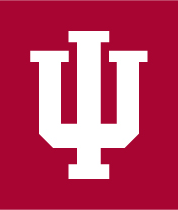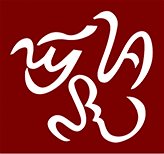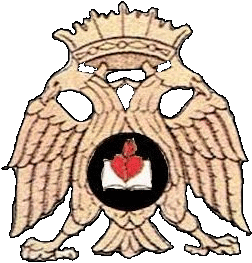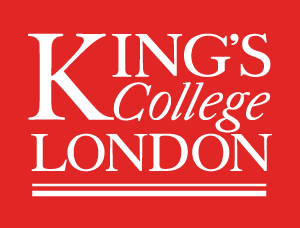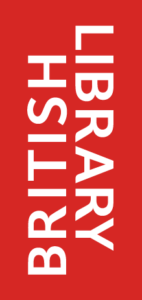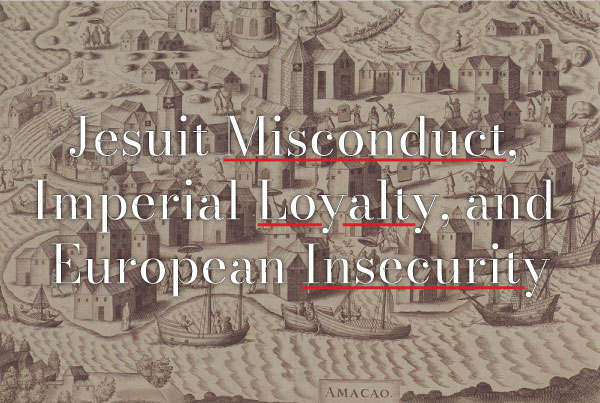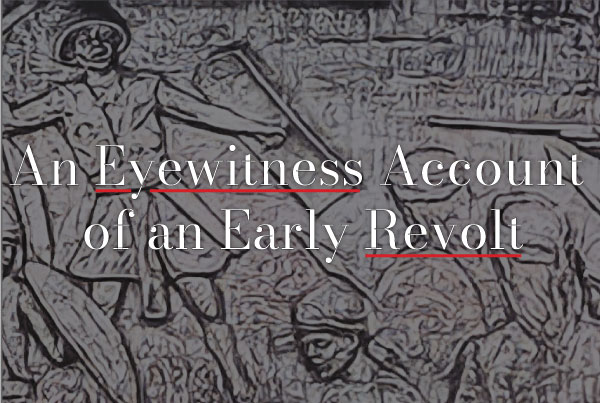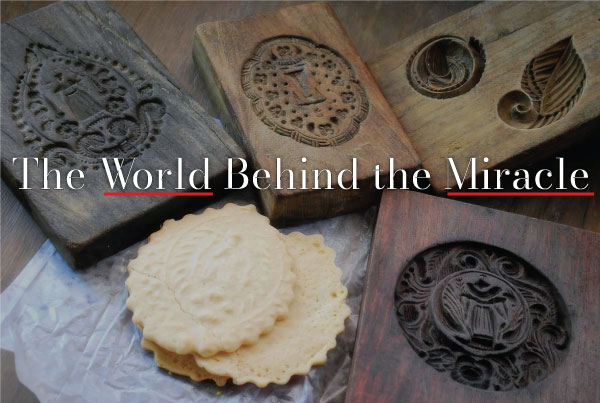Reclaiming the Lost Archive of the Convento de San Agustin
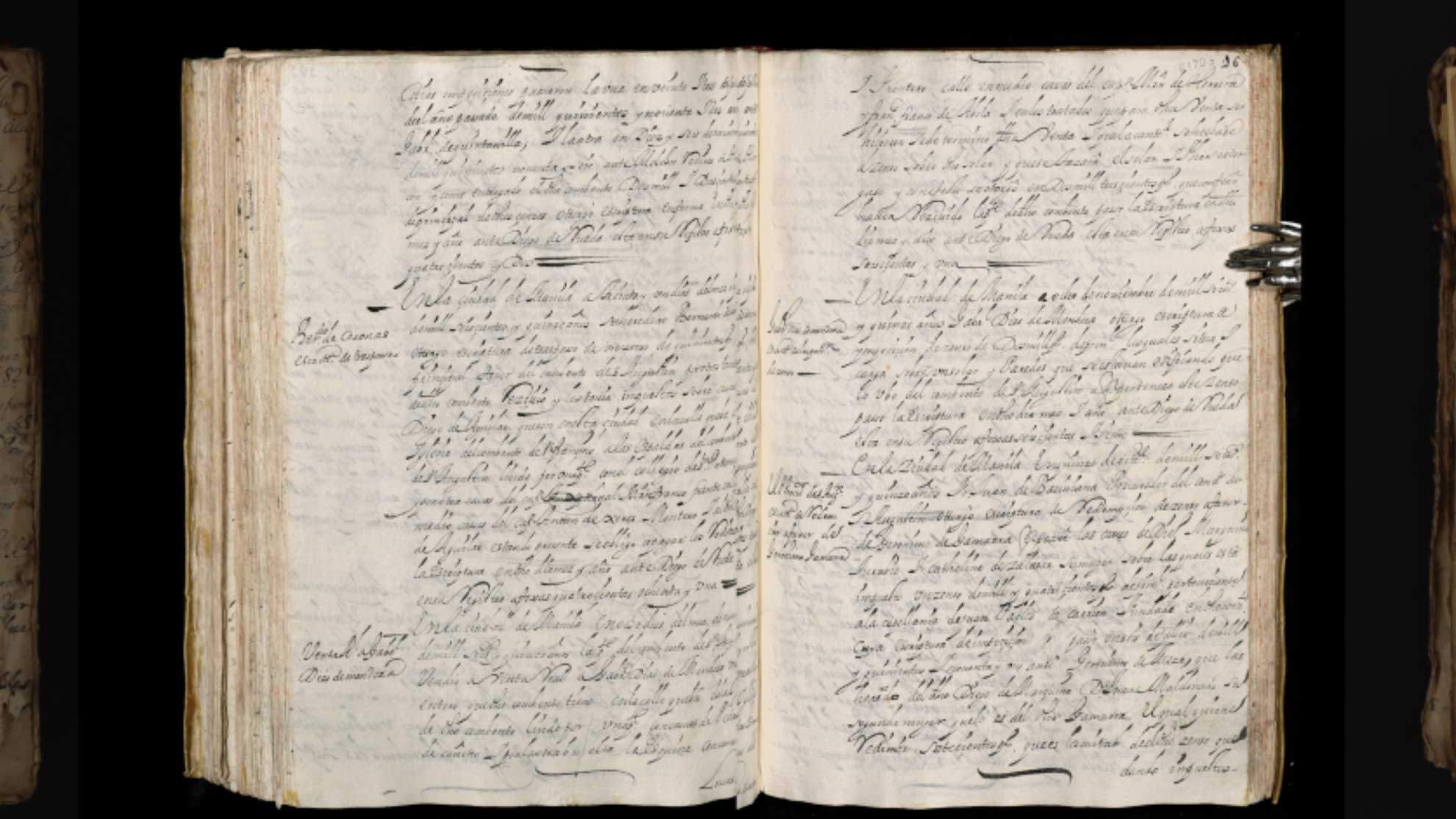
761 Manuscripts Collected from
The 1762 Archive is a transnational, inter-institutional research and community engagement project focused on the digital reconstruction of the context and contents of the dispersed 18th century Library of the Convent of San Agustin in Manila.
Beyond the digital reconstruction of the archival corpus, the “return” of the library is re-imagined to include the reconceptualisation of the library’s original systems of knowledge production, modes of access, its audience and use.
RAL Essay Writing Contest
Featured Texts
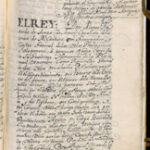
Upheaval and Indigenous Resistance in Dongalo
In 1717, 300 Tagalogs rose up against the Augustinian friars in a dispute over where the property line should be drawn.
Research Aids
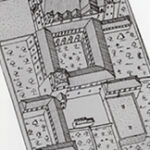
Tools for Transcribing
As the 1762 archive project works towards fully annotating selected texts in the corpus, we have been using the following research aids for transcribing and translating 16-18th c. Spanish texts.
News and Events
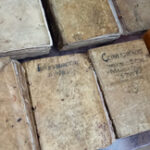
The Lost Seventh
We had a lingering doubt about one of the volumes in the Sotheby’s lot that Mr. Eugenio Lopez purchased in 1966.
